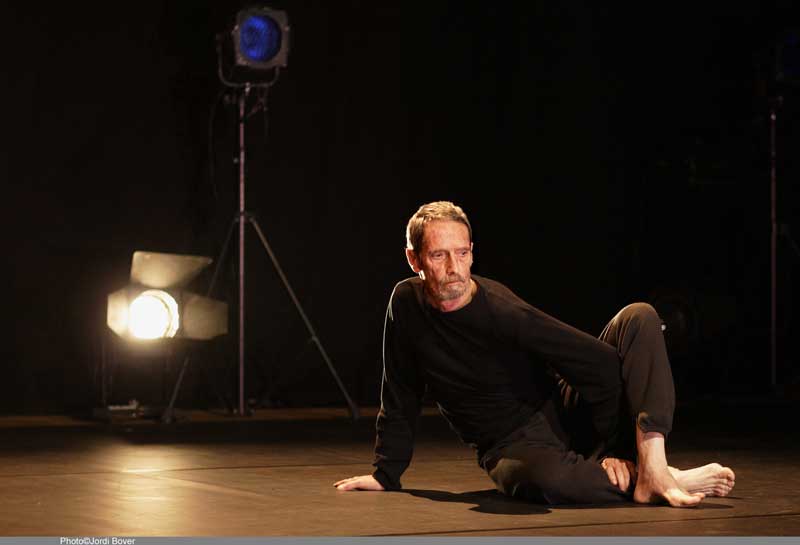Steve Paxton in the Hills of Northern Vermont
BY EMMALY WIEDERHOLT
Steve Paxton is perhaps most famous for his work developing contact improvisation. This interview is part of Where Dance Is, a series of interviews with high level dance artists working in places not well known for dance.
Steve Paxton, Photo by Jordi Bover
~~
Where do you live and work?
On a hill farm in northern Vermont
Please briefly describe how you came to be where you are.
I came to visit friends who were living here, fell in love with Vermont in May. Let me add I grew up in Arizona, where water-anxiety is chronic. This area is full of lakes and brooks. I felt water-safe for the first time.
What does your dance practice presently look like?
I am now an elderly dancer. To my complete surprise, I am still offered more work than I can accept. I teach, perform and choreograph, though of course at a gentler pace than once I did.
How would you describe the dance scene where you live?
Vermont has some institutions which offer dance, and I happen to live near the Bread and Puppet Circus, which has attracted some dancers to the area. I guess I wouldn’t characterize what is around as a scene at all. I dance, my partner Lisa Nelson dances, a few others visit or live nearby. I normally work in large cities in Europe or the US, so I have to commute often.
What are some benefits to working in dance where you live?
It is cheap to live here. I have built a studio, and can work out and prepare work there. I love the landscape, and of course, enjoy spring-fed water in abundance. We have woods around us, see animals occasionally, moon rises, sun rises, starscapes. I lived 12 years in NYC just before moving here, and living there I really missed the sky.
What are some drawbacks to working in dance where you live?
Commuting. It’s 2 1/2 hours to the nearest airport and 20 to 45 minutes to shopping. There’s also the lack of connection to dance and dance-thinking. The internet makes up for isolation though. It used to be much more isolated than it seems now.
Given your extensive experience and breadth of work, how do you perceive dance interfaces with community? Can it have a larger or smaller impact given the saturation of dance in a given area?
There is no question of dance-saturation here. I think most dance students in nearby institutions get to do a senior show, and then nothing. I can see that a certain approach to dance would much benefit this population of farmers, lumberjacks, carpenters and mechanics, insofar as they use their bodies very hard and many injure themselves. I think they could benefit by developing a deeper sense and potential of their body, and learning to deeply relax and so forth. But dance is not physiotherapy; it is slow to develop both the brain and the body to more flexible strength. I have a few faithful students, but in this community the idea of going into a studio and spending a few hours working the body is rare. Still, a number of years ago, belly-dancing classes became popular. That ended after a few years, and a form of Cuban dancing was offered (and still is by the woman on the next farm.) However, roller derby is now the choice of women I happen to know, and it serves as exercise, skill building, teamwork and a social scene. A few men recuperating from back injuries etc. have become yoga students.
I suppose the community will create what it feels it most needs.

